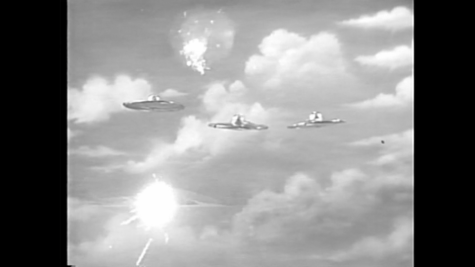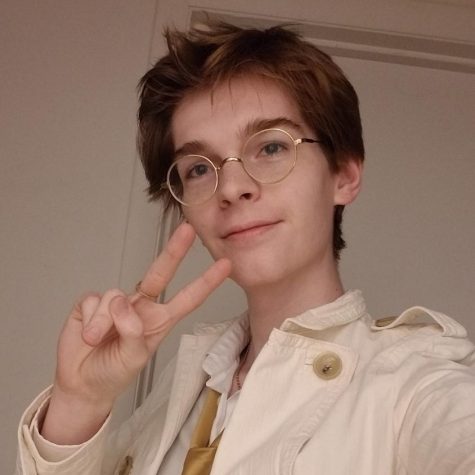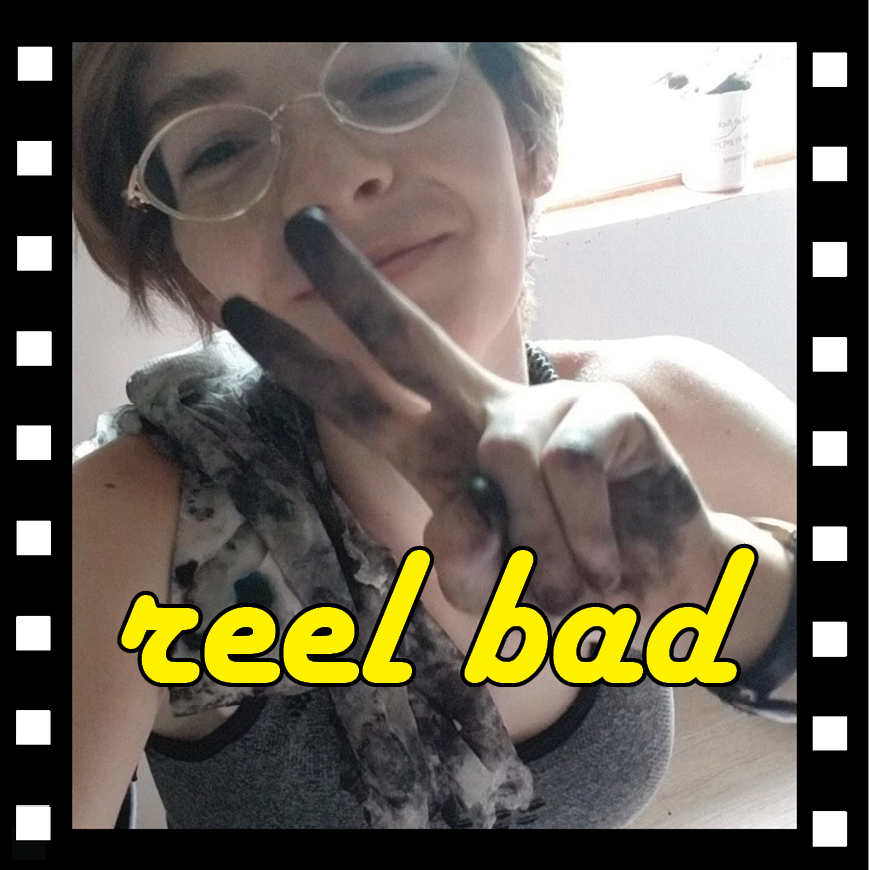“Plan 9 from Outer Space”

Only a few things are usually needed to ruin an otherwise fine film. However, writer, director and producer Ed Wood seemed to take no risk of a good movie when creating his most famous film, “Plan 9 from Outer Space.”
1959’s “Plan 9” is far from Wood’s only masterpiece. In 1953 he released “Glen or Glenda,” a film that served as a semiautobiographical commentary on his cross-dressing and sexuality. Other works include “Bride of the Monster” (1955) and “Night of the Ghouls” (1959).
However, “Plan 9” has become one of the classics of the B-movie genre. It gets much-deserved attention by fans of bad movies, largely as a result of film-critiquing brothers Harry and Michael Medved calling it the “worst film ever made” in their 1980 book, “The Golden Turkey Awards.”
We’re treated to some awkward and poorly constructed spaceship footage as the aliens Eros and Tanna (Dudley Manlove and Joanna Lee, respectively) receive permission from their leader (John Breckenridge) to enact Plan Nine.
Originally titled “Grave Robbers from Outer Space,” the film centers around an eponymous alien attempt to raise the dead on Earth and use them as soldiers against humans, because… reasons? There’s technically an explanation, but it has nothing to do with resurrecting human corpses.
Leading actor Jeff Trent (Gregory Walcott) is introduced as one of a pair of pilots flying what is clearly not a real plane. They are suddenly blinded by a flash of light and a trio of UFO’s appear beside their aircraft—depicted by flying saucer models dangling on fishing wire.
Jeff is then warned by the government to keep quiet about what he saw. This, of course, happens off-screen. So, how do we learn this not-at-all vital information?
Why, when Jeff tells his wife, Paula (Mona McKinnon), of course. Naturally the thing to do after being threatened by the government not to talk about something.
In addition to a plot without a purpose, there’s a recurring issue where there are objects in frame that shouldn’t be. In Wood’s defense, it turns out that the aspect ratio of the movie that is most available was not what he intended.
When viewed in the original widescreen, the presence of plumbing hardware on the tops and bottoms of the screens would be cropped out.
But really, who cares about the creator’s intent when laughing at the shadows of boom microphones is far more in line with the experience that “Plan 9” offers anyway?
No amount of cropping is going to fix the inconsistent lighting from shot to shot as night and day pass several times within the same scene.
Even with the proper frame, it would still be impossible not to notice the strings by which the UFO’s dangled over a fuzzy backdrop of the sky. The visual effects of gunfire directed at the UFO’s made what was supposed to be an action sequence be underwhelming in all the best ways.
It would also do nothing to help the miserable performances by actors, or the incredibly unclear writing. Many a scene features actors reading obviously off cue cards or scripts, and the words they’re reading are not well-composed.
Of course, acting is reacting—and what more genuine reaction is there than the sensation of reading one’s lines for the first time while on camera? It keeps the viewers ready for a twist—if the actors can’t tell where the movie is going, neither can the audience.
Perhaps one of the most egregious sins of filmmaking is the narrator, played by the Amazing Criswell, a psychic friend of Wood. I feel like there’s a lot of jokes I can make there, but I’ll pick on Wood’s casting talents in a bit.
In his opening monologue, Criswell says the words “future events such as these will affect you in the future,” and I had to pause the movie because I was laughing so hard.
He continues to narrate the film, although he never seems to give us useful information—he overexplains the inferable, but I was left aghast and Criswell-less during some of the most confusing parts of the movie.
Even the attempts to weave exposition into the dialogue were miserably performed—we are treated to an aggressively informative discussion about the pseudoscience behind the ray guns which the aliens use to control the dead.
Now I’ll pick on Wood’s casting, because this fun fact is a treat—none of the footage involving Bela Lugosi was shot for “Plan 9,” but Wood used it anyway as an homage to Lugosi, as the two were friends, and Lugosi had died before the screenplay of “Plan 9” was finished.
As a result, the footage is completely unrelated to the movie, despite Criswell’s attempts to explain its relevance. Tom Mason, Wood’s wife’s chiropractor, serves as an uncredited stand-in for Lugosi in several scenes—though his face is covered to hide that they look nothing alike.
All these filming failures are part of what makes “Plan 9” the cult classic that it is.

Senior, Creative Writing
From Fletcher, VT
Spring 2020-Present
"Call me mommy and I'll bring you blankets and hold you while you cry."








